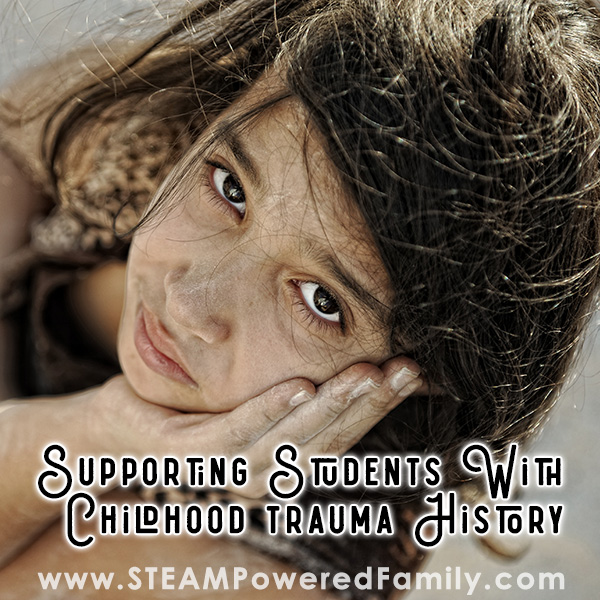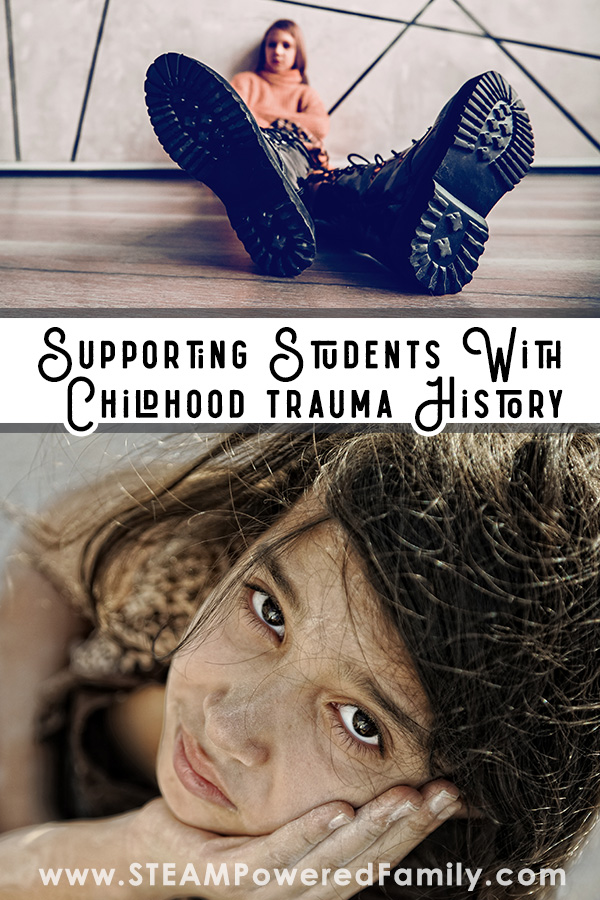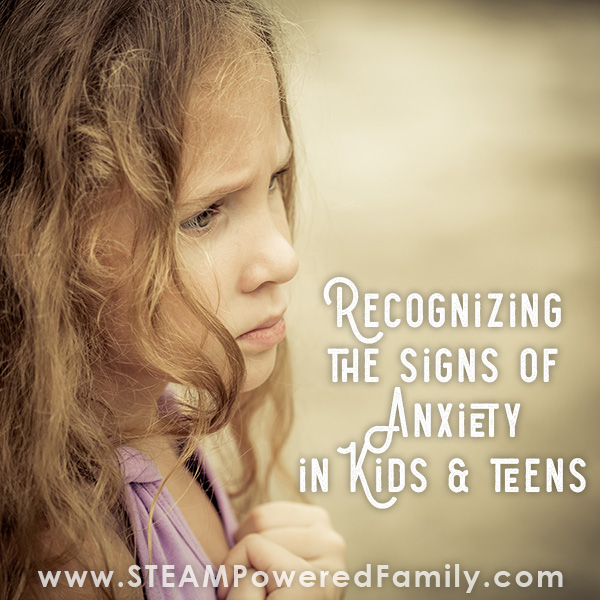Supporting Students With Childhood Trauma History in the Classroom
Classrooms across the country are filled with the outgoing social butterflies who are sure to dazzle you from day one. They are the ones who stand out among the crowd and command your attention. With their winning smiles and stand-out personalities, it’s easy to. But, what about the students who don’t display the same outgoing qualities? What do we do with the students who enter classrooms and sit in the back in order to hide in plain sight so that no one notices their hidden scars? That are hiding behind a wall built with bricks of trauma? Will you notice them?
Childhood Trauma in the classroom – Tips for Teachers

Disclaimer: This article may contain commission or affiliate links. As an Amazon Influencer I earn from qualifying purchases.
Not seeing our videos? Turn off any adblockers to ensure our video feed can be seen. Or visit our YouTube channel to see if the video has been uploaded there. We are slowly uploading our archives. Thanks!
Recognizing Trauma in the Classroom
It is important to realize that trauma exposure in childhood affects the brain differently than trauma experienced as an adult. And childhood trauma is sadly extremely common.
Children can experience trauma that will affect them as early as prenatally and it can happen over prolonged periods of time. This can lead to a vast variety of life altering challenges, including cognitive delays, stunted emotional growth, learning disabilities, chronic physical illnesses, and more. Developmental Trauma Disorder is different from PTSD, which is the trauma disorder most people are familiar with, and it is important to recognize that children are “never too young to remember.” In fact, trauma is far more debilitating when experienced in early childhood.
Types Of Childhood Trauma
For many kids who have faced childhood trauma in the form of abuse or neglect, they have experienced wrongdoing at the hands of adults they’ve trusted. This makes it hard to gain the trust of these students, even if it’s a teacher who means well.
Other types of childhood trauma can include death of a parent or loved one, divorce of their parents, bullying, community violence, witnessing domestic violence in the home, medical trauma, natural disasters, and more. More information on the types of trauma can be found here.
Without a doubt, the trauma that children have experienced will affect their learning. It’s important to know the signs and symptoms of childhood trauma. Yet, as a teacher, knowing that a child has experienced trauma, you may feel unprepared for supporting them in your classroom.
There are a few key steps you can take. First, you can review this resource we created for supporting children with trauma history for adults that are not primary caregivers. It has some tips you may find valuable.
Now, here are a few tips specific to a teacher-student relationship and the school environment.
Take Another Look
Many times, children who have experienced childhood trauma have been written off by other school personnel. They may be labeled as “troubled” or “unteachable.” That unteachable label was used on my trauma baby by the school. He is far from unteachable, we simply needed to adjust the way he was taught, to fit the way he learns. He also was never a “problem child”, instead choosing to withdrawn and hide within himself, making it easy for teachers to overlook him.
The one thing that school staff can do differently is look at these children through another lens. Don’t just accept what others are saying about that child.
When you come across a student who does not display traditionally valued behaviors, the best thing that you can do is reframe your thinking when it comes to the student. Instead of thinking, “What’s wrong with this kid?” reframe your thinking to, “What has caused this kid’s behavior?” Or “What has happened to this child””
Taking that approach helps get to the root of the issue, not just labeling the child and moving on.
Create Consistency
One of the difficulties that students with trauma have is thriving in environments where they don’t know what’s going to happen next. The best thing that you can do in your classroom is to have consistent routines that students know to expect. Here, is where students will find the stability that will enable them to trust you.
Using wall charts and visual aides can be helpful. But the goal is to find a regular routine and rhythm to your days that your students can fall comfortably into. On days when that routine must be changed, ensure you provide the child with additional supports, prepping and time.
Simply saying to a student, “I know this change will be hard, but I am here for you the whole time,” can be enough for them to feel the inner strength they need to maintain their confidence and feeling of safety.
Be Intentional and Personal
All students need an amazing teacher. Students who have experienced trauma need this even more so. School may be the only place they feel safe, your classroom could become a refuge in the storm; you could be the stability they so desperately need. Don’t just let them hide out in the back of your classroom. Be intentional in seeking them out and be a listening ear. Hear their story and empathize with their pain. They should know that, no matter what, you will always be in their corner. Most often, they need the stability of a consistent adult in their lives.
Know the Support Resources
It’s important to know when you can be the anchor, and when you need to let a professional step in to help. As important as it is for a student to have an adult at school they can trust and be open with, it is equally as important for them to get help from professionals who are fully equipped to help.
UNDERSTAND THE IMPACT OF LESSONS
Often we can become so focused in providing the lessons we have for years, we may forget or not realize how damaging those lessons can be for a child. In fact, many lessons can be highly triggering for a student with trauma history.
For example a family tree project can bring difficult relationships into the public arena. They can force a child to address issues they do not feel comfortable talking about with peers or teachers.
A lock down drill or fire drill, can trigger a child to enter fight or flight, as they leave a state of connection and enter a state of protection. When a child is in this state they can not learn and it can be a long process to bring them back to a healthy state.
Watch for those changes in body language and behaviour. If you believe a lesson may be triggering, work to find a solution that allows the child to maintain a sense of safety, connection and trust.
As you enter the school, and your room fills with the sounds of students who are eager and excited to learn, please don’t forget about the student in the back. You could be the one to change the course of a student’s life and help them overcome the struggles that plague them every day. They need you more than you know!
Need more? Check out this resource with more tips on Trauma Triggers in the Classroom.
And this video is absolutely brilliant!





